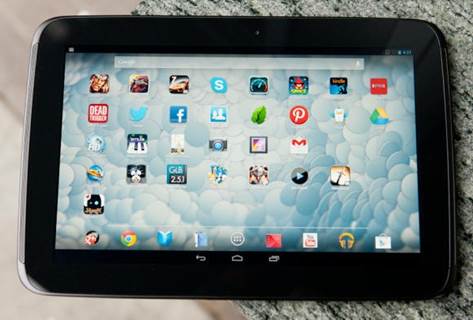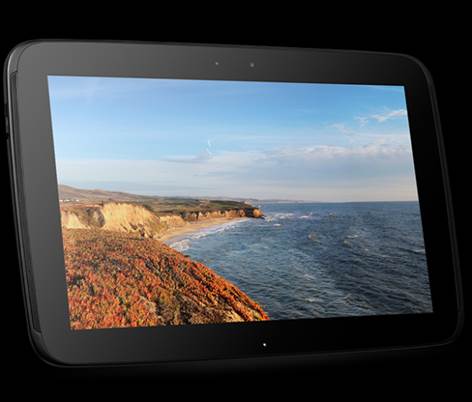Software
Here is Android 4.2, a tenth higher than
the previous but still called Jelly Bean. Therefore, you shouldn’t expect any
life-changing improvements, but there are some fine additions.

Here
is Android 4.2, a tenth higher than the previous but still called Jelly Bean.
Keyboard
There is a new keyboard here, but you
certainly would not notice it if you did not know better. Now you can stroke
from one letter to the next to write quickly. The experience is not subtle or
powerful as a selection of the other third-party, Swype, but it is a good
addition for those who prefer to keep their inherent keyboard.

Now
you can stroke from one letter to the next to write quickly.
Also, there is a more comprehensive
predictive text mode here that performs better at understanding of what you are
going to say before you have a chance to tap or stroke it. It is not SwiftKey,
but it creates a good addition.
Camera

The
camera constantly adjusts exposure for each individual image, so when they are
mixed together, some pictures are bright, while some are dark - and some are
just blurry mess.
The camera has received much attention,
including an interesting new UI that is very minimal. However, the biggest new
addition here is the 360 degree shooting mode called Photo Sphere. An
incredibly beautiful interface guides you through capturing enough images to
surround you in an efficient manner, creating floating blue dots that you have
to hit like targets while the software combines all the images together. That's
when everything has a certain malfunction.
The spherical images look awful. We took
many pictures and none of them was made without obvious seams. Even though they
were mixed perfectly, they were still easily distinguishable individual photos.
The camera constantly adjusts exposure for each individual image, so when they
are mixed together, some pictures are bright, while some are dark - and some
are just blurry mess. It's a great idea, but unfortunately, is poorly made
here, but we're not sure whether to blame the camera or the implementation at
this time.
The side-to-side panorama mode is a little
better, working much like Apple's panorama mode in which you just pan the
tablet from left to right and it does the rest for you. The stitching here is
much better than in the Photo Sphere mode, nearly perfect to some extent that
we can talk, but there is still the same exposure problem, with the dark parts
of the surrounding areas appearing really brighter than the parts that should
be light.
Miracast
Miracast is the standard of Wi-Fi Alliance
for wireless video transmission, and is an addition to Jelly Bean that makes us
so excited - Android finally has an answer to AirPlay. Thus, you might imagine
our disappointment when we know that Miracast is not supported in Nexus 10, at
least not yet. It is present in the Nexus 4, a complex problem that Google was
unable to give us much clear explanation, but it seems that this is not a
hardware limitation, because all the communication happens over Wi-Fi. If Miracast
is not supported by software in all Android 4.2 devices, then we can hardly
consider it as a part of the operating system, and obviously we feel doubt its
potential to improve the platform in general.
Other
changes
There is a new quick settings menu that
appears if you pull down from the upper right side of the bezel. It allows you
to access to the brightness and the things like toggling Wi-Fi, Bluetooth and
Airplane Mode. There is also a shortcut for the rest of the settings. If you
would like the notification bar, you stroke down from the left side of the
bezel. It's pretty intuitive once you've done a few times, but there is no
visual indicator at the top of the screen to help new users.
Jelly Bean 4.2 also offers support for
multiple users - but it was not activated yet. We are informed that it is going
to appear on November 13th. In theory, it could be the benefit for
corporate adoption of Android, and it could also cause your children to use the
tablet much safer. ("Who has deleted all my emails?”) But, we are terribly
sorry not to tell you how useful it is at this moment.